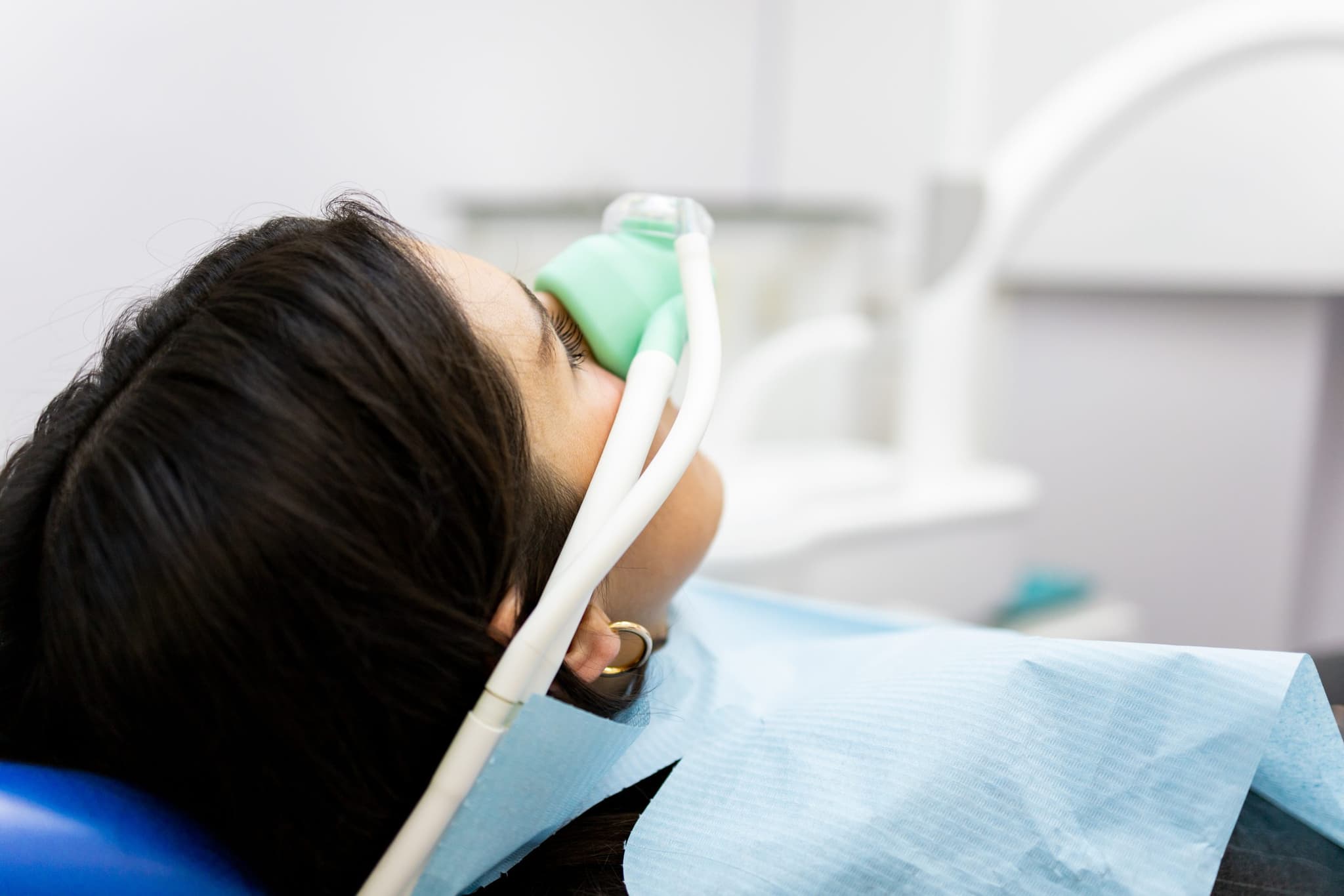
2025-12-17T17:11:43
Why OBGYN Clinics Are Using Nitrous Oxide for Pain Relief
- OB/GYN
March 1, 2016 | OB/GYN • Women and Children's Center
Specialties:OB/GYN

Endometriosis affects more than 5 million women and girls in the United States, according to WomensHealth.gov. This condition occurs when the lining of the uterus, or womb, grows outside of the uterus, causing myriad complications and varying degrees of pain for sufferers. Although endometriosis is anything but discriminatory, as far as the age of its victims, it most commonly affects women in their 30s and 40s.
“Endometriosis affects more women than breast cancer, but you’ve probably never heard of it. Since the disease is not terminal, it does not get the attention it deserves, and we are too sick to fight for ourselves.” –Endometriosis Awareness Month Organization
While overshadowed by other women’s illnesses, such as breast and ovarian cancers, endometriosis — often called “endo” — is actually a common physical problem in women of childbearing age. The word derives from “endometrium,” which is the term for the tissue that normally lines the uterus or womb. For unfortunate sufferers of endometriosis, the tissue grows outside of the uterus on parts of the body where it does not belong, causing everything from intense discomfort to seemingly unbearable pain. Some of the places where this tissue can grow outside the womb include the:
While less common, errant tissue is sometimes found in unusual places that include the lung, brain, arm, thigh and on the skin.
Rogue endometrial tissue continues to behave as it would if it were in its correct place, per the Mayo Clinic. The tissue thickens, breaks down and sheds itself through bleeding during each menstrual cycle. However, your body has no way to dispose of the blood due to the tissue displacement, so it becomes trapped in the body. When this condition involves the ovaries, it can cause cysts called endometriomas, and the surrounding tissue can become inflamed and irritated to the point where you develop adhesions and scar tissue, binding organs together.
The single most common symptom reported from endo sufferers is, of course, pain. The pain does vary and includes:
Some women who have endometriosis also suffer from allergies, chemical sensitivities and frequent yeast infections.
It is one thing to experience painful menstrual cycles and fatigue, but at some point, you can tell that something else is going on. The primary clue that you have endometriosis will involve the onset of unprecedented pelvic pain. You can also monitor the previously mentioned pain locations during your period, which include your lower back and lower abdomen, particularly right before, during and after your menstrual cycle. Most importantly, see your gynecologist to discuss your concerns and undergo and to undergo an examination.
The first thing you need to do if you suspect you have endometriosis is to make an appointment with a gynecologic specialist as soon as possible. At Revere Health, we want to help you identify the problem so we can help you develop a treatment plan.

WRITTEN BY:
The Live Better Team

2025-12-17T17:11:43

2025-11-21T14:10:25

2024-09-19T11:59:35

2019-12-31T15:15:01
This information is not intended to replace the advice of a medical professional. You should always consult your doctor before making decisions about your health.